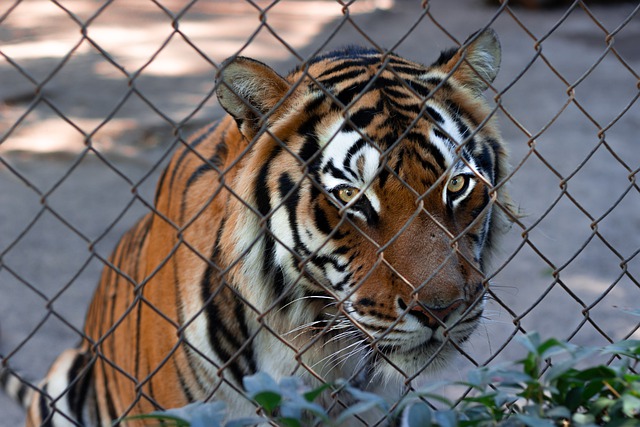Type of Fences
Type of Fences

Most people never think twice about their fences, especially if the fence is in decent repair. The fact that most people do not give a second thought to their fences or any other fence means that few recognize how sophisticated, scientific, and crucial they can be. This article examines the types of fences that will certainly make you think a bit more about them when you next encounter such a fence. Before we go further into the article you may be interested in seeing acoustic fencing.
Zoo Animal Enclosures
If you have ever gone to a zoo to admire the various wild animals, you probably thought to yourself how lucky you are that there is a fence between you and the animals. But did the fence itself cross your mind? It probably did not. Zoo enclosures use fences that allow people to get the best view of the animals while also remaining safe. Whether you are looking for the right enclosure fence to contain a leopard, eagles, or gibbons, we can advise you on the best type of fence for your needs.
Horse Track Fencing
Most people that go to view horses know that the fences around these areas are strong. That is because these fences are designed specially to protect the horses. Running rails can withstand the force of a horse striking the rail when racing. They also protect the horses from injuries as they are flexible and absorb the impact of a horse striking them at a high speed. Running rails also have a simple and movable design because race tracks are temporary at times.
Steeplechase Racing Fences
Steeplechase racing is a unique kind of horse race that involves a jockey jumping a horse over obstacles referred to as national fences. The fences are portable and are made of steel frames that are filled with a plastic brush material. The takeoff site comprises a foam rubber roll covered with canvas. This kind of racing is most popular around the east coast and shares similarities with the jumping hurdles on human tracks. Steeplechase races usually raise money for charitable causes.
Wolf Fencing
Most ranchers are familiar with the pain and financial issues that come with losing livestock to wolves. Wolves are hard to keep out since they are intelligent nocturnal creatures. Wolves often work in packs, and their teamwork, cunning, athleticism, and climbing ability make them a dangerous foe. Some companies make special high tensile fences that keep wolves out. High tensile fences have higher carbon content than that found in low carbon wire, which is another popular option for agricultural fencing. The extra carbon is useful in strengthening the wire and ensuring that it does not sag over time. The fence will remain in great condition if it is installed properly.
Some ranchers opt to electrify their high tensile fences for better protection against wolves. A good fence should be at least forty inches high and have at least 6 wires spaced evenly to 8 inches apart. The bottom wire must be at most six inches from the ground because wolves and coyotes dig to get to their prey.
It may be difficult for ranchers grazing large animals to build a permanent enclosure. Many ranchers hang pieces of red or orange cloth (fladry) on cords around the fence as the movement and color prevent the wolves from breaching the fence.

